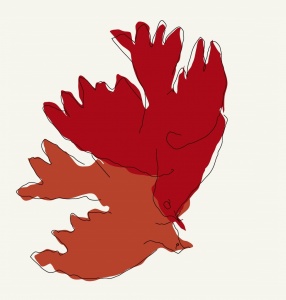Agata Pietrasik. Figures of resistance
Art against War and Fascism in the 20th and 21st centuries
The first part of the conference “Never Again” entitled “Art Against War and Fascism in the 20th and 21st Centuries”, takes up the debate underway in the field of art and elsewhere on the forms of engagement by the artistic community and cultural institutions in historically crucial moments.
Lecture „Figures of resistance: Maja Berezowska and artists from Ravensbrück” by Agata Pietrasik
Agata Pietrasik
art historian. She is a graduate of the University of Warsaw and the Free University of Berlin, where she wrote her doctorate on art in Poland in the 1940s, examining the mutual relations between aesthetics, ethics, and the politics of that decade. She is the co-editor, with Piotr Słodkowski, of Czas debat. Antologia krytyki artystycznej z lat 1945–1954 (A Time of Debates: An Anthology of Artistic Criticism 1945–1954). Her research interests include post-war modernism in Europe, the representation of the Holocaust and the Second World War in the visual arts, and their contemporary political and social contexts. She has won fellowships from the German Academic Exchange Service (DAAD), the Polish Ministry of Culture and National Heritage, the Deutsches Forum für Kunstgeschichte in Paris, and currently the Institut national d’histoire de l’art in Paris.


